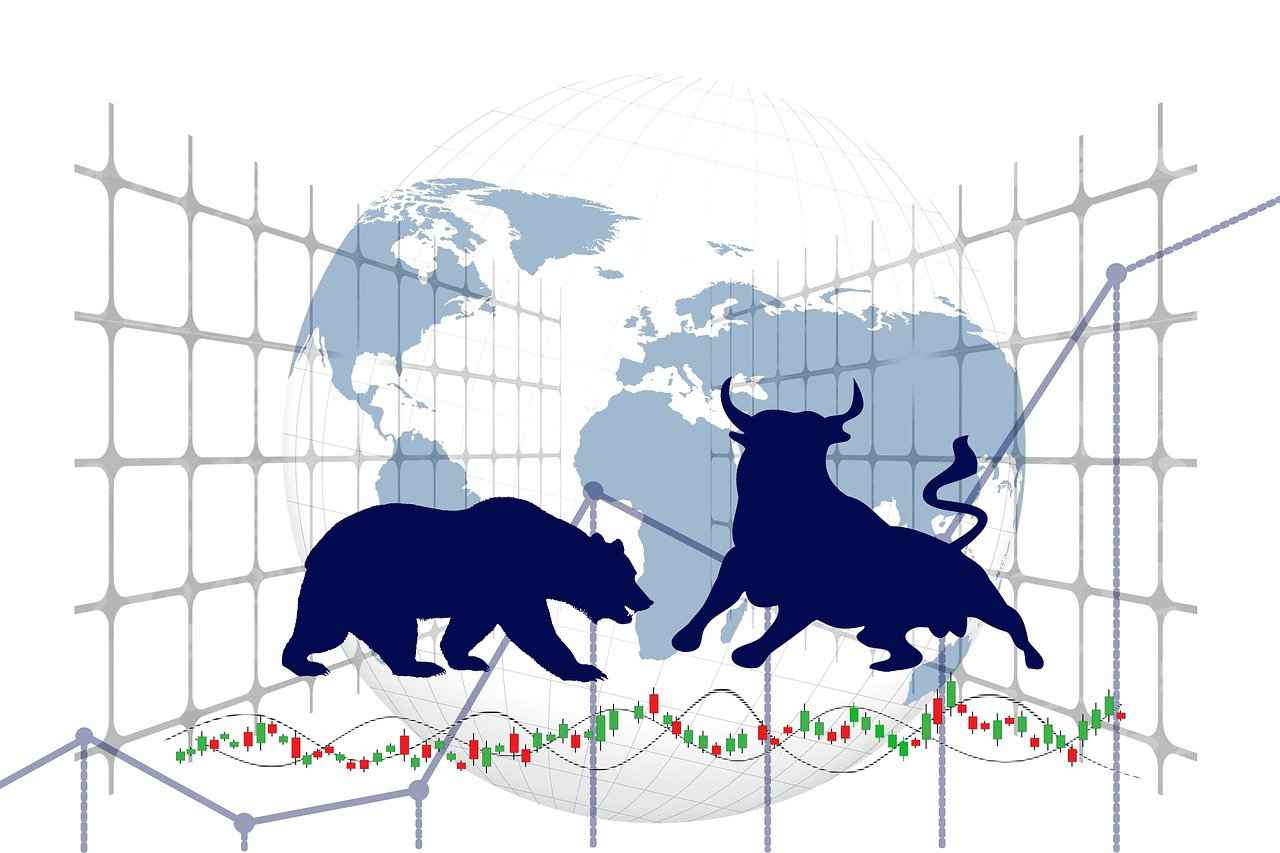Investing in the stock market when it’s peaking can be quite risky. You don’t want to jump in only to watch your investment plummet. High valuations mean stocks are priced expecting everything to go perfectly, and when they don’t, prices can drop sharply.
Many investors are contemplating whether now is the right time to re-enter the market, especially with major US indices hitting all-time highs. But remember, investing at these levels can often feel like you’re just catching up, similar to the $41 billion that flowed into US stock funds recently, following a period where $360 billion flowed out between 2010 and 2012.
Given these conditions, it’s natural to feel hesitant about chasing the market. On one hand, you don’t want to miss out on potentially higher gains if the market continues to soar, but on the other, the fear of a significant drop is real.
When the market is at its peak, it’s wise to consider hedging your investments. For instance, consider the structured note from a Dow Jones example I came across years ago, which promises 100% return of your investment if the index drops between 0% and 10% during the note’s term. If the index drops more than 10%, losses only start counting beyond that initial 10% buffer. Conversely, if the Dow gains between 0.1% to 20% over four years, you earn a 20% return. Gains above 20% let you enjoy the full benefits.
Such structured derivatives are ideal for those seeking downside protection while still hoping to capitalize on potential market gains. However, be aware that buying these instruments means locking up your investment for four years and forgoing any dividend payments, which typically amount to around a 2% yield annually.
If you’re interested in such a hedge, you might find these structured notes at major banks like Citibank or through conversations with personal bankers at Wells Fargo and JPM Chase. They require a substantial minimum investment which can be a barrier for many.
Alternatively, you can build a similar protective strategy using options and derivatives through brokers like E*Trade or Fidelity, which might offer more flexibility and no minimum investment requirement.
Overcoming investment fears is crucial, especially in a volatile market. Back in June 2012, finding a way to protect my investments encouraged me to dive back into the market. As markets are inherently cyclical, they tend to recover and grow over time. Thus, holding for the long term usually pays off. Nonetheless, diversifying your investments is prudent. Adding real estate and bonds can provide stability since these assets typically don’t correlate directly with stock market movements.
Real estate crowdfunding platforms like Fundrise and CrowdStreet offer tangible assets that generate income and can be less volatile than stocks. They allow both accredited and non-accredited investors to diversify into real estate with potentially lower risk and steady returns, irrespective of stock market conditions.
For those looking beyond traditional stocks and real estate, consider investing in private growth companies through platforms that focus on sectors like AI, fintech, or proptech. These companies tend to stay private longer, allowing early investors to potentially reap significant gains.
In essence, while the allure of high market returns is tempting, safeguarding your investment against potential downturns and diversifying your portfolio can protect and potentially grow your wealth in uncertain times.











































